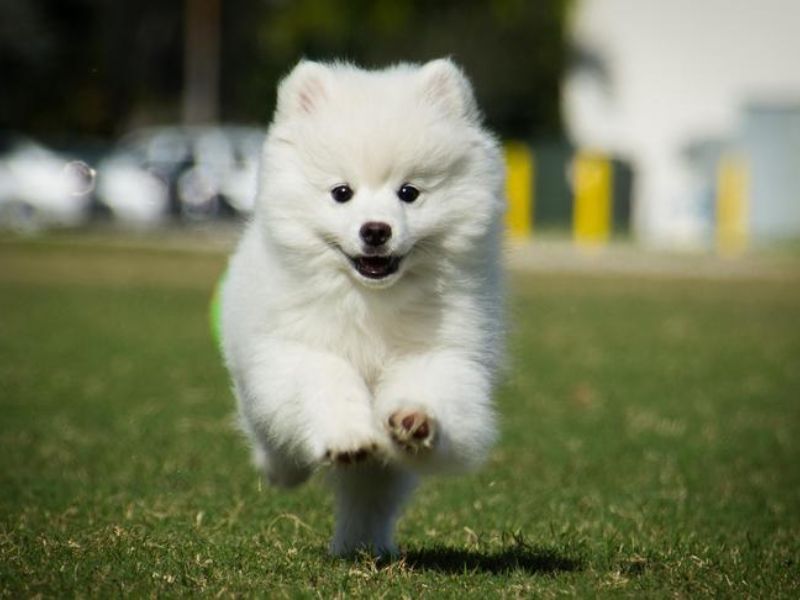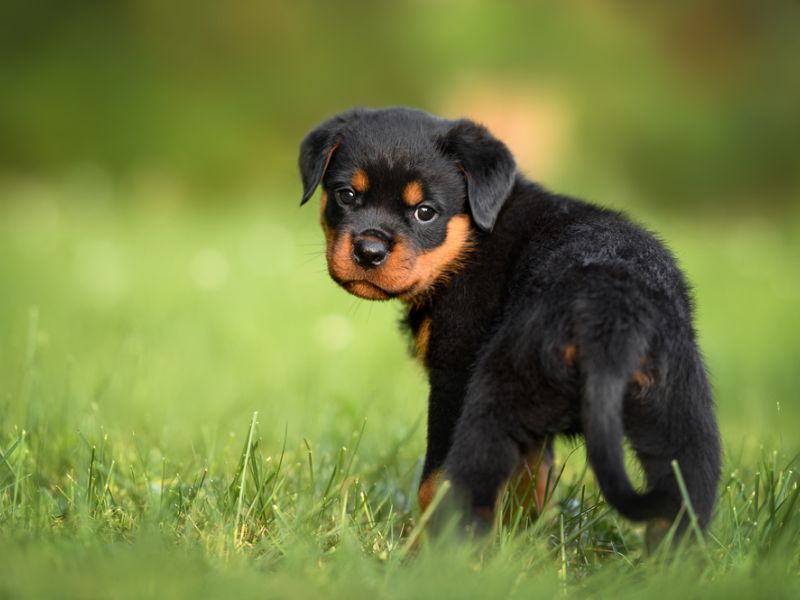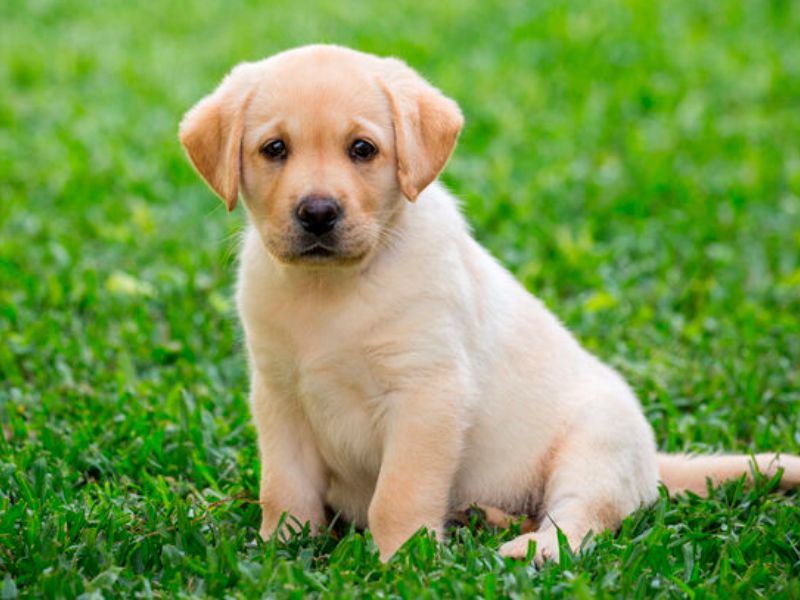Puppy biting is a natural phase of development, but without guidance it can quickly turn into problematic behavior. If you’ve ever wondered “Puppy training tips for biting”, you’re not alone—new puppy parents worldwide seek reliable methods to curb nipping while fostering a loving bond. In this guide, we’ll explore why puppies bite, the science of bite inhibition, core principles of effective training, and eight hands-on strategies you can start today. Whether your puppy is teething, exploring, or simply bursting with energy, these proven tips will help you teach gentle mouthing and set the stage for a well-behaved adult dog.
1. Understanding Puppy Biting Behavior
Before jumping into solutions, it’s crucial to understand why puppies bite in the first place. Biting serves several developmental and communicative functions:
- Teething and Exploration: From about three to six months old, puppies experience teething discomfort as their adult teeth push through. Chewing and biting provide relief by massaging sore gums. Additionally, puppies use their mouths much like human babies use their hands—to explore textures, tastes, and new objects in their environment.
- Play and Social Learning: In a litter, puppies learn bite inhibition—how to control the force of their bite—through rough-and-tumble play with their mother and siblings. A puppy that bites too hard will be yelped at or briefly excluded from play, teaching it to soften its mouthing. When removed from this natural setting, puppies still need to practice this self-control with their human families.
- Attention-Seeking and Energy Release: Biting can also be a bid for attention. Puppies quickly learn that a sudden squeal or retreat from you triggers an enthusiastic response—often more attention than calm behaviors earn. Moreover, high-energy puppies may resort to nipping as an outlet if they lack sufficient exercise or mental stimulation.
By recognizing these motivations, you’ll be better equipped to choose the right training methods and fulfill your puppy’s developmental needs.
2. Bite Inhibition Principles
At the heart of all puppy training tips for biting lies bite inhibition, the puppy’s ability to moderate the pressure of its jaw. Teaching bite inhibition early prevents painful nips and fosters safe interactions with people and other animals.
- Natural Learning in the Litter: In the first eight weeks, most puppies learn bite inhibition from their mother and littermates. When one puppy bites too hard, the victim emits a sharp yelp and may momentarily stop playing. This feedback loop teaches bite control.
- Transferring to Human Interaction: Once your puppy comes home, it lacks that litter-based feedback. It’s your role to mimic the “yelp and pause” response and demonstrate that rough bites end playtime or affectionate handling. Consistent application of this principle preserves the puppy’s ability to play gently.
- Early Socialization: Exposure to different people, surfaces, sounds, and supervised puppy playgroups reinforces bite inhibition. A well-socialized puppy learns to read body language and adjust its mouth pressure to suit the situation.
Understanding and applying bite inhibition principles ensures your training remains aligned with your puppy’s innate learning process.

3. Core Training Principles
When implementing how to teach a puppy not to bite, keep these foundational principles in mind:
- Consistency: Apply the same rules every time your puppy nips. Mixed messages—sometimes encouraging playful biting, other times penalizing it—confuse the puppy and slow learning.
- Timing: Effective training hinges on immediate feedback. Puppy attention spans are short; make sure your “ouch” cue or time-out occurs within one second of the bite. Delayed reactions lose the association.
- Positive Reinforcement: Focus on rewarding desirable behaviors rather than punishing mistakes. Praise, treats, or play immediately following gentle mouthing encourages your puppy to repeat that behavior.
- Patience and Persistence: Training a puppy to moderate its bite takes days to weeks of repetition. Expect setbacks and remain calm. Your confidence and consistency will guide your puppy toward success.
These core principles underlie every actionable tip in this guide, ensuring a clear, compassionate approach to biting issues.
4. Practical Puppy Training Tips for Biting
Below are eight hands-on how to teach a puppy not to bite that you can implement today. Each strategy targets a specific cause of nipping and helps your puppy learn more appropriate ways to interact.
1. Teach “Game Over” Time-Outs
When your puppy bites too hard, immediately stop all play and attention. Turn your back or leave the room for 10–20 seconds. This brief isolation mimics the litter’s response to rough play, teaching your puppy that biting ends fun.
2. Use a High-Pitched “Ouch!”
Emulate the squeal of a hurt littermate by letting out a sharp, high-pitched “ouch!” The sudden sound startles your puppy into releasing its grip. As soon as the puppy stops biting, praise gently and offer a chew toy to reinforce soft play.
3. Offer Appropriate Chew Toys
Keep a selection of safe, puppy-approved chew toys within reach. Whenever your puppy tries to bite your hands or clothing, redirect to a toy. Consistently replacing your fingers with a toy helps your puppy learn that toys—not skin—are for chewing.
4. Avoid Reinforcing Rough Play
Refrain from jerky movements or “wrestle” games that treat your hands like prey. Games such as tug-of-war should wait until your puppy has solid bite inhibition. Early “hunt” games can inadvertently encourage nipping.
5. Teach Alternative Behaviors
Channel biting impulses into obedience exercises. When your puppy goes for your hand, calmly cue “sit” or “leave it.” Once the puppy obeys, reward with a treat or praise. Over time, the puppy learns that following commands leads to rewards, not nipping.
6. Increase Exercise & Mental Stimulation
A tired puppy is a well-behaved puppy. Provide daily walks, supervised off-leash play, and puzzle feeders to expend excess energy. Mental challenges—like clicker training sessions—engage your puppy’s brain and reduce boredom-driven nipping.

7. Soothe Teething with Frozen Toys
Fill a Kong toy with puppy-safe broth or mashed banana and freeze it. The cold surface helps numb sore gums, reducing the puppy’s urge to bite people or furniture. Rotate these frozen treats during peak teething discomfort.
8. Use Gentle Deterrents
For persistent chewing on hands or dangerous objects, apply a vet-approved bitter spray to your skin or the item. The unpleasant taste discourages biting without causing harm or fear, steering your puppy toward acceptable chew toys.
By combining these eight targeted tips, you’ll address both the physical discomfort and behavioral drivers behind puppy biting.
5. When to Seek Professional Help
Most puppies outgrow nipping with consistent training, but certain situations require expert intervention:
- Persistent, High-Pressure Biting: If a puppy continues to bite hard beyond four to six months of age despite consistent training, consult a certified dog trainer or veterinary behaviorist. While puppy nipping is a normal part of development, there are times when it goes beyond playful behavior and signals the need for professional support. Understanding why puppies bite so much is key—often it stems from teething, excitement, or a natural instinct to explore the world through their mouths.
- Signs of Aggression: Biting accompanied by stiff posture, snarling, or lunging may indicate fear-based or dominance issues needing specialized behavior modification. Don’t wait for the problem to escalate—how to teach a puppy not to bite in these cases requires expert input to avoid long-term behavioral issues.
- Rapid Escalation: If biting intensifies suddenly or occurs in unexpected contexts—like during grooming or feeding—a health issue such as dental pain or neurological discomfort could be a factor. At this stage, professional help is essential to teach your puppy not to bite safely and effectively.
Engaging a professional early can prevent minor mouthing issues from turning into serious aggression or anxiety problems.
Effective puppy training tips for biting blend consistency, timing, and positive reinforcement with an understanding of your puppy’s developmental needs. By teaching game-over time-outs, using the “ouch!” cue, offering chew toys, avoiding rough-play triggers, and providing ample exercise and teething relief, you set your puppy on the path to gentle mouthing. Remember, patience and persistence are your best allies; setbacks are normal, and every puppy learns at its own pace.
Address nipping early and compassionately, and you’ll not only protect your hands but also build the trust and communication skills that form the foundation of a lifelong, loving bond. With these eight strategies in your toolkit, you’re well on your way to enjoying a playful, well-mannered companion for years to come.

